Principal's News
Sue Simadri

Principal's News
Sue Simadri


Welcome to Term 3 and our first newsletter!
We've had a hectic start to this term with Parent-Teacher-Interviews, a student-free Curriculum Day, School Athletics, and several incursions!
It was encouraging to see a large number of parents attend the Parent-Teacher-Interviews to discuss their child’s progress with the classroom teachers. I trust that families benefited from this opportunity to gain a deeper understanding of what their child is learning at school and how they can support their child at home.
The online platforms, Reading Eggs and Mathletics, are support strategies that parents can employ at home as consolidation activities. Fifteen minutes daily on each will help to increase children’s confidence and skills.
As part of the Curriculum Day agenda, we looked at how the brain works, and therefore, how we should design our teaching and retrieval activities to better support learning and memory. Daily practice increases retention and reduces the chance of forgetting. Mathletics and Reading Eggs are excellent tools that serve this purpose.
Parents should have received their child’s individual NAPLAN results earlier this term. Our school-wide focus has resulted in some positive outcomes:
Increased the percentage of Yr 5 students in the Exceeding category for Writing from 15% to 17%
Maintained the number of Yr 3 and decreased the number of Yr 5 students in the Needs Additional Support category for Reading.
Numeracy results were not as positive, demonstrating the need to maintain equal attention on both areas.
The 2025 Student Attitudes to School Survey (Yr 4-6) has produced very positive results:
Effective teaching time – 87%; Differentiated learning challenge – 84%; Stimulated learning – 89%
School connectedness, Attitudes to attendance, Sense of inclusion, Managing bullying – 90%
Student voice and agency, building learning confidence, and students treating each other with respect are areas where we need to do further work.
We are tracking well with the goals and targets in the 2025 Annual Implementation Plan:
As a staff team, we are developing a deeper understanding and building our confidence in the school's instructional model. Three of the four focus areas at the last curriculum day were aspects relating to learning and the teaching & learning model.
Planning and designing student learning is based on the Victorian Curriculum 2.0. We have addressed the staffing challenges in the journey to establishing our EAL Program, and I am confident that we will see strong progress in the coming months.
A wellbeing team has been established, who meet regularly and facilitate workshops to upskill staff in the new process that Clayton North has adopted this year, to support the learning for students with additional needs.
The work of our visiting Speech and Occupational therapists continues to have a positive and often immediate impact on students who are most deserving of their services.
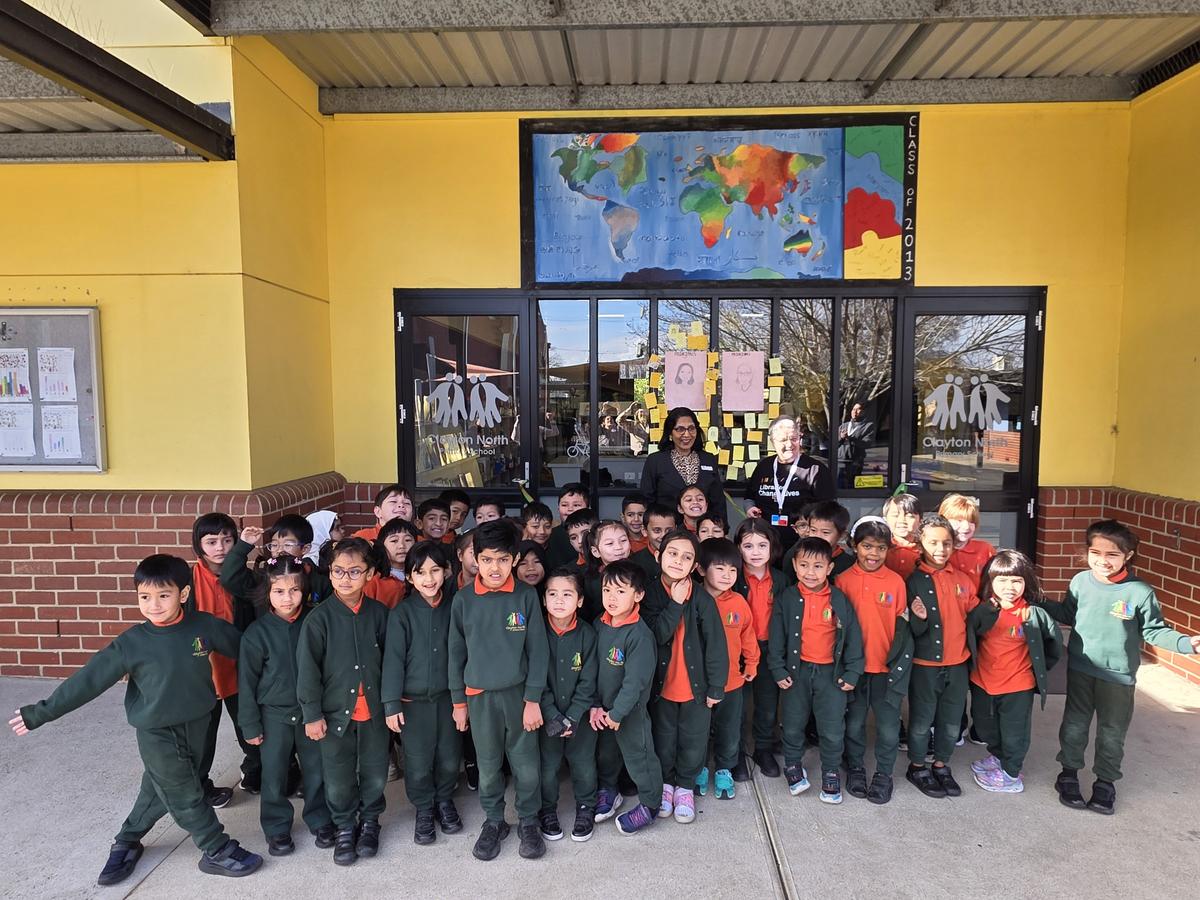

One of our volunteers, Clare Snell, has come in regularly on Wednesdays for the last eighteen months, setting up the F-2 library. Her work included sorting, covering and labelling books, preparing an online borrowing system, and updating student IDs, as and when existing students left or new ones arrived. We are deeply grateful to Clare for investing her time in creating this space for our children!
The library was officially opened on Wednesday at 10.30am, by EdConnect, who supply our volunteers. A copy of the media release is included in this newsletter.
The day also signified 100 days of learning for our Foundation students. We took this opportunity to welcome our youngest children into the library! It was deeply satisfying to see the children pick a book off the shelf and flick through the pages. Moving forward, F-2 teachers can book a time on Wednesdays to bring their class to borrow a book or use the reading pit.

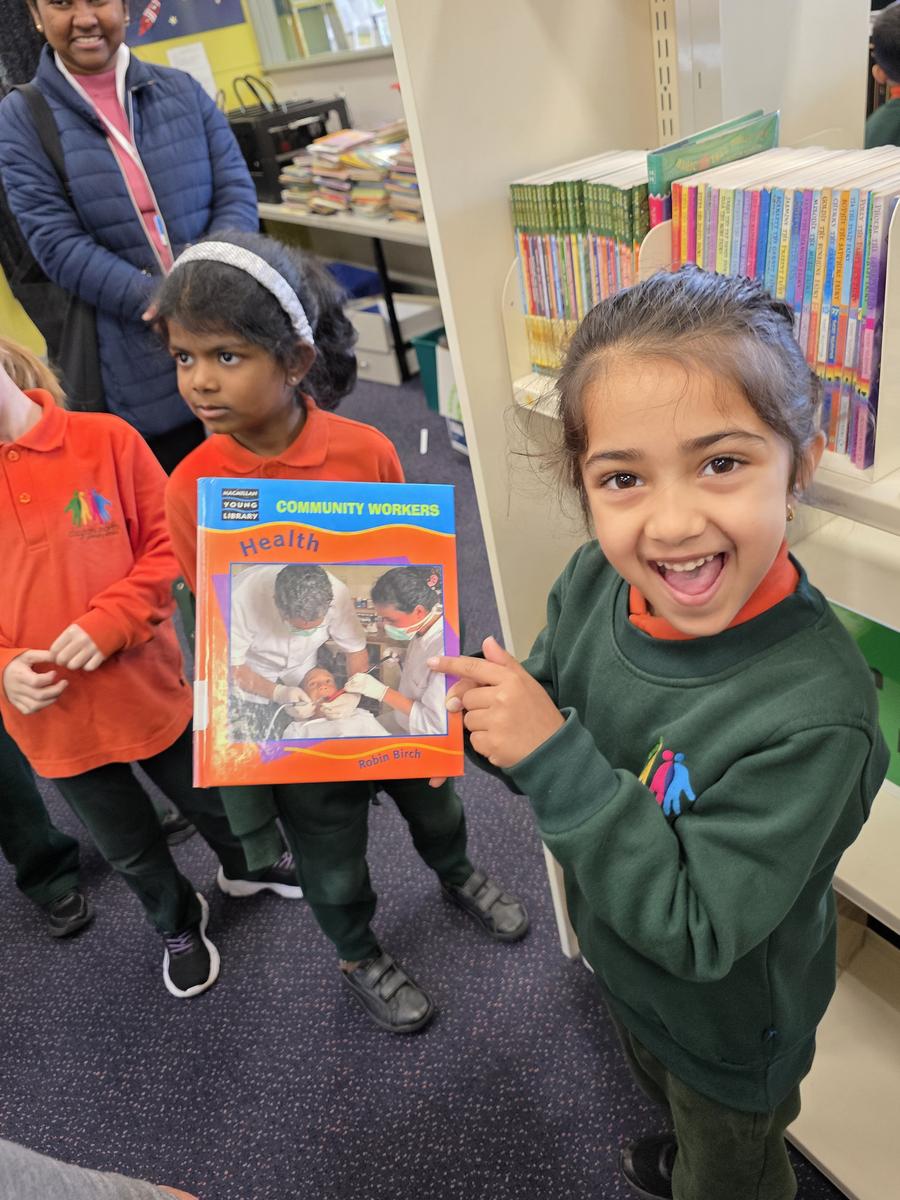
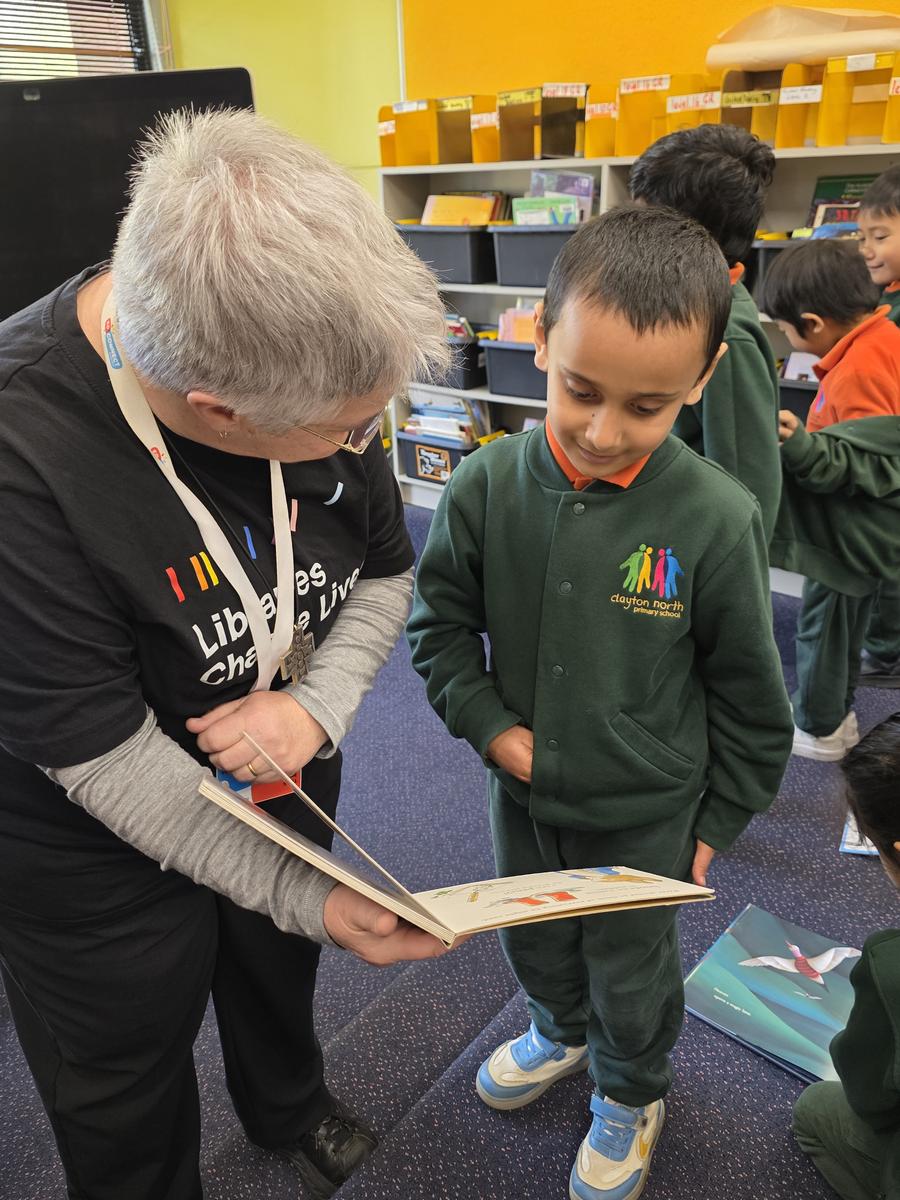
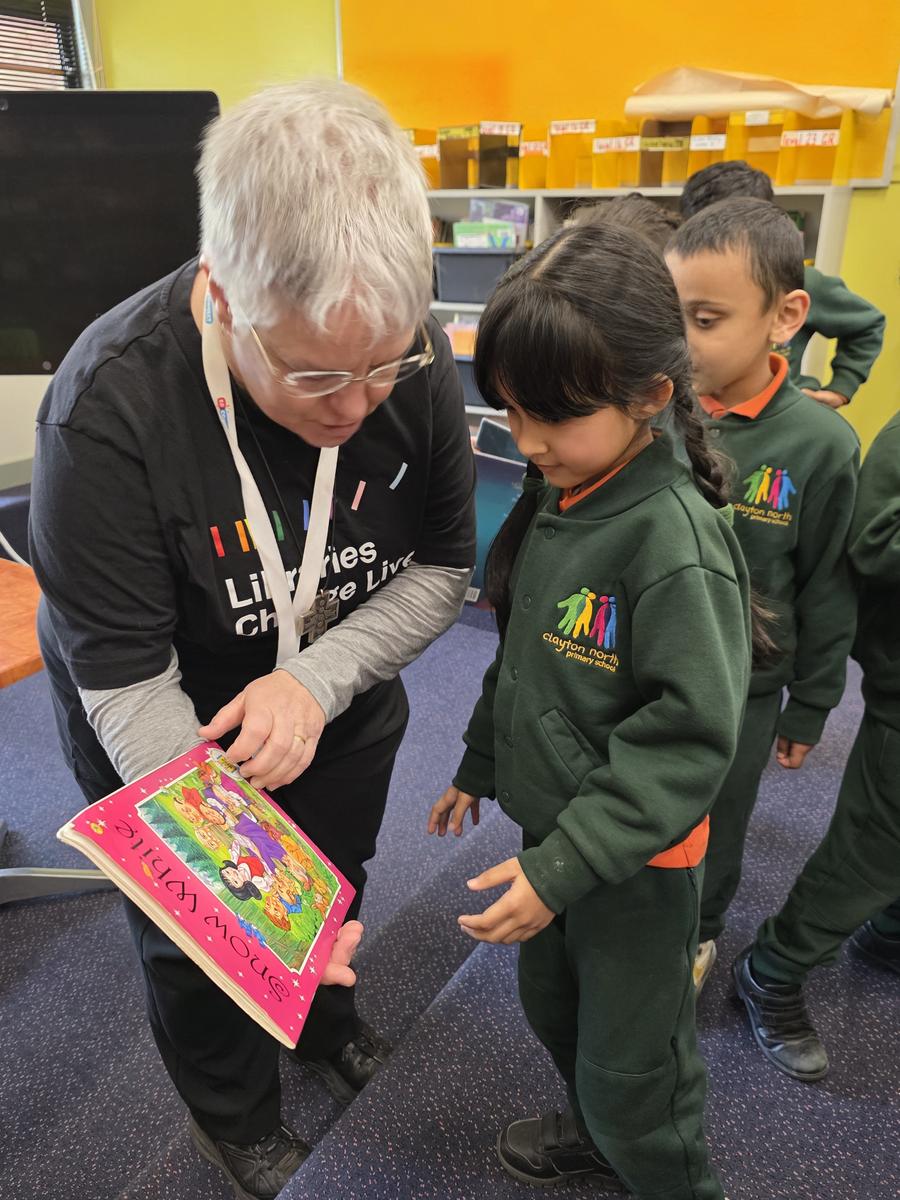
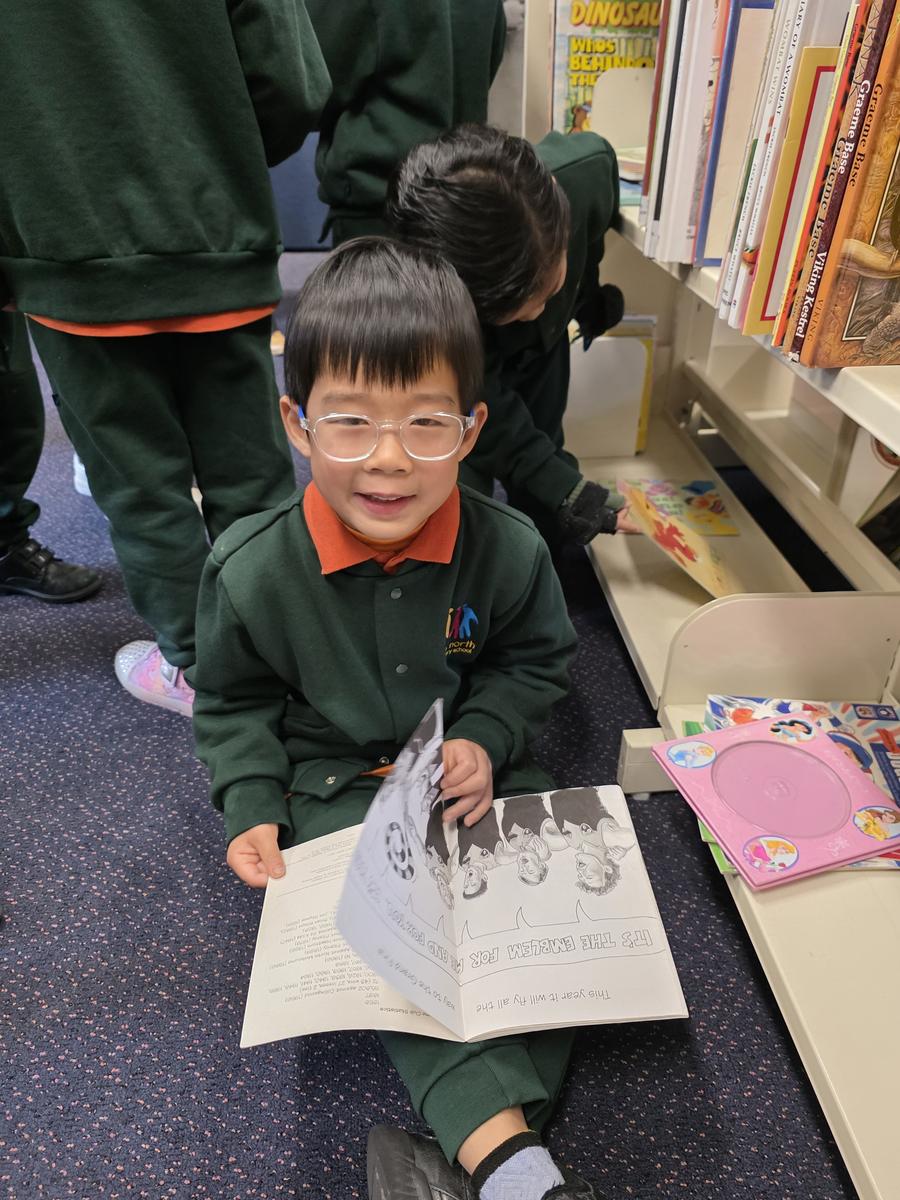
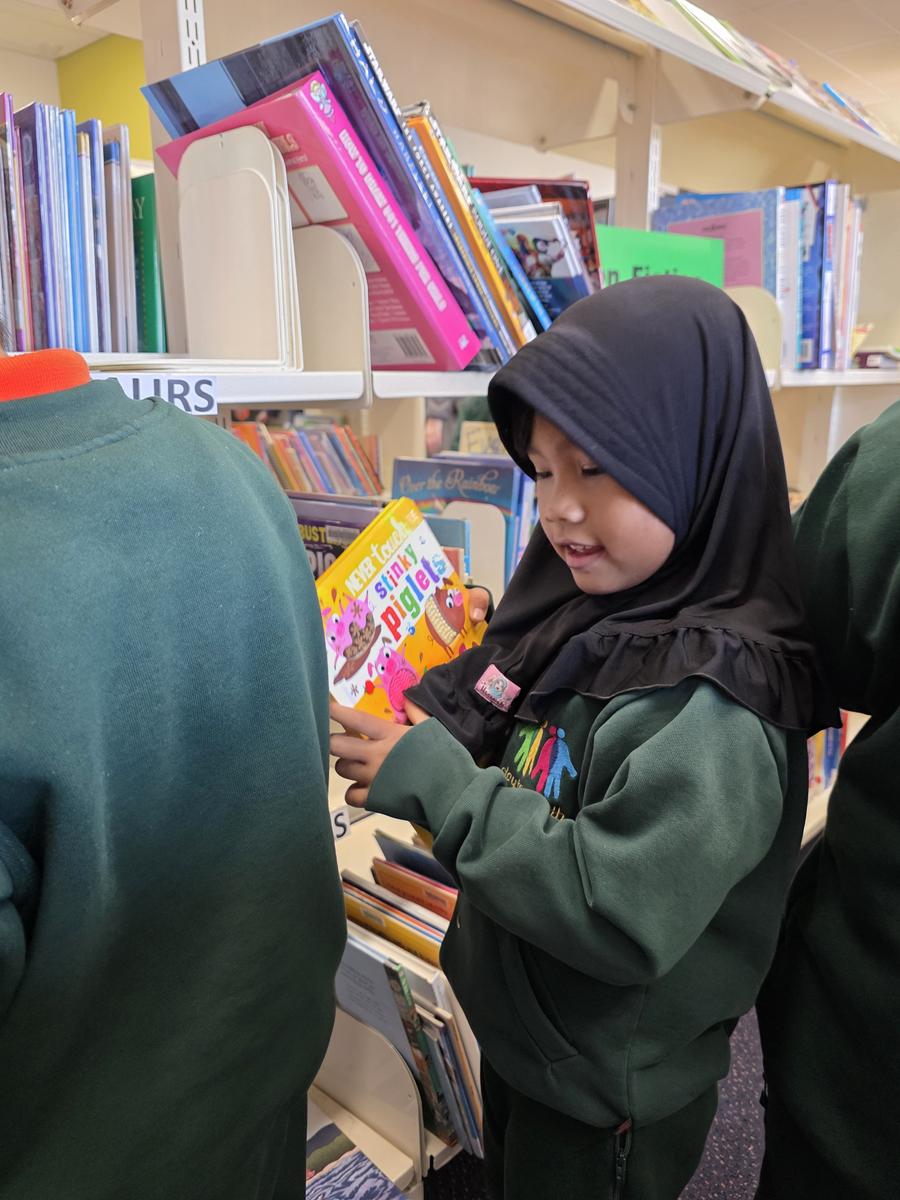
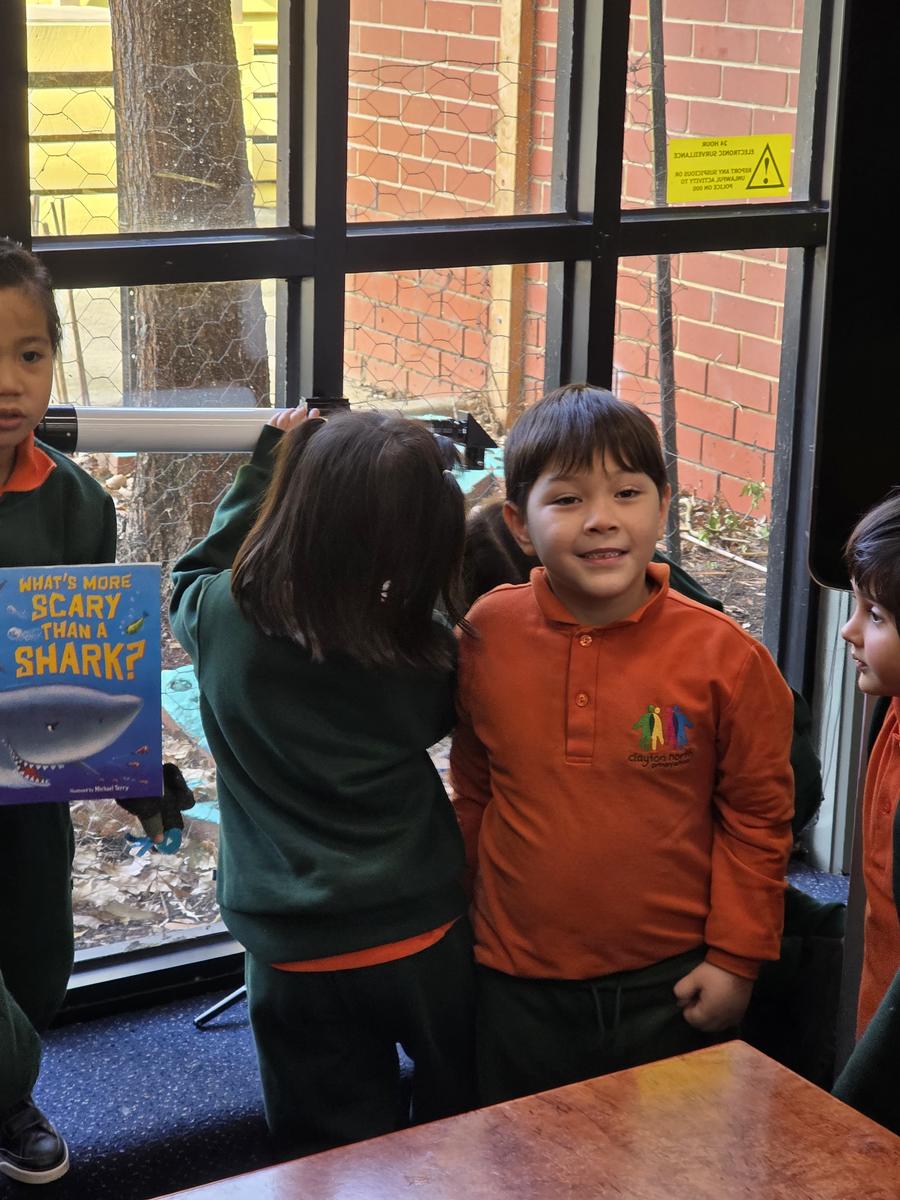
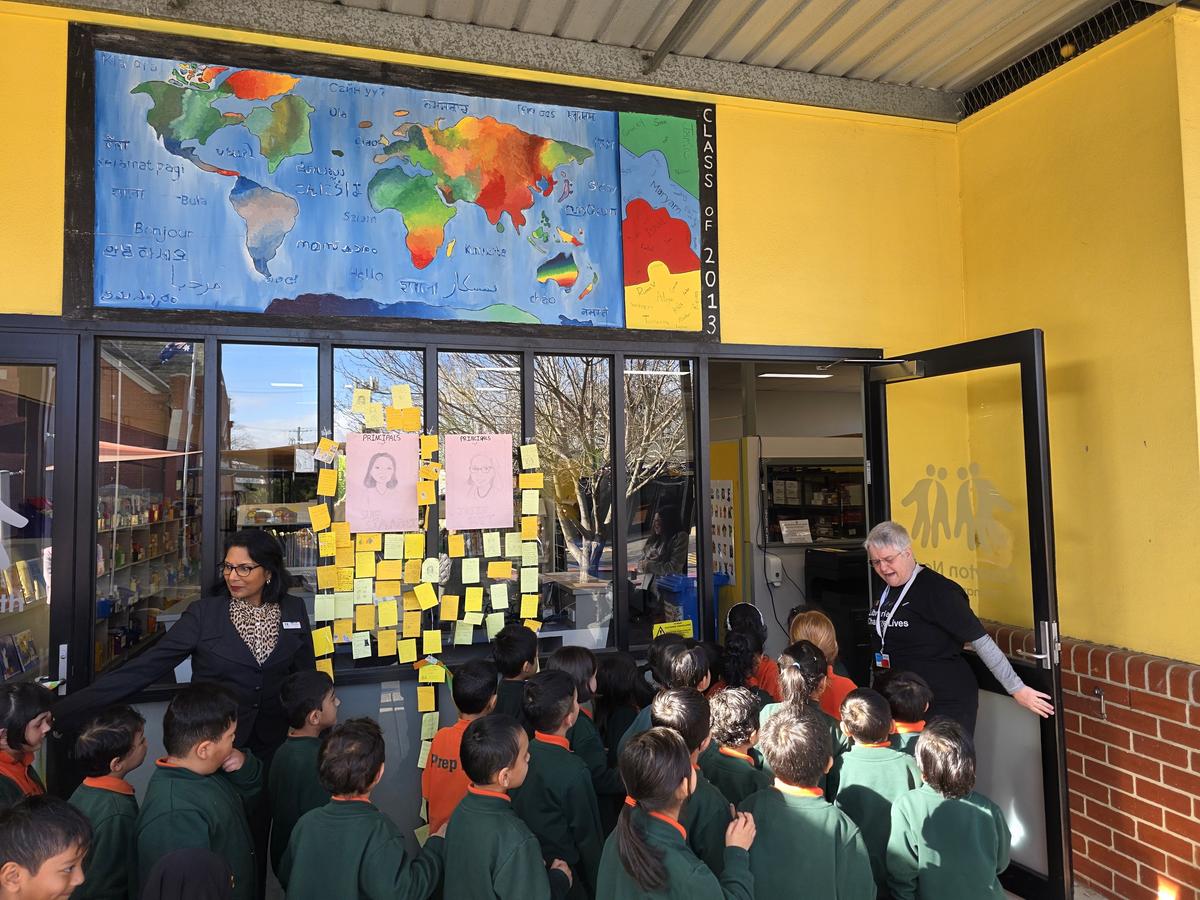








Many facility updates have occurred during the school holidays to freshen and uplift the school grounds:
Synthetic grass in the pizza oven area has made this into a more appealing gathering option for children, and a potential learning space for staff to use.
Vegetable seedlings have been planted in the back garden beds and native plant seedlings, in the area opposite the front office. We look forward to sharing the produce with families, and having lovely green vegetation to walk past when entering the school, later this year!
You may have noticed a huge number of tyres stacked around the shed on Clayton Rd and near the sandpit. They will be collected by a tyre recycling organisation within the next fortnight, resulting in risk-free, level grounds for students.
It is great to see the majority of children in the required school uniform. We are however seeing a range of non-uniform (without the CNPS school logo) bottle green jackets and hoodies that students are wearing to combat the cold weather. I want to remind families that this is in breach of the school Uniform Policy:
Winter uniform options include the windcheater and jacket. The polar fleece jacket is available at PSW in varying sizes as an optional extra layer. Thank you for supporting Clayton North's Uniform Policy, and ensuring that your children are proudly displaying our school brand.
In the last edition of the school newsletter, I mentioned chronic absenteeism is deemed to be 7.5+ days, and the fact that 20% of students have had more than 8 days of absences in 2025. This equates to 3 weeks of missed learning in the school year. These gaps in learning accumulate every year, and by the time they reach Year 12, children will have missed more than one year of schooling.
There is strong research that sits behind this. Attached is a paper published by the Australian Institute for Teaching and School Leadership on this topic.
Key points:
“Every day counts and there is no ‘safe’ threshold for absences”– Hancock et al., 2013
“The level of respect the family has for education is seen as a role model for students”– Demir & Karabeyoglu, 2016
“Research findings from the past decade unequivocally agree that the first years of life are a critical period of intense learning for children; these years provide the foundation for later academic and social success”
– AIHW, 2015
“The major opportunity for preventing poor attendance is at the point of entry to preschool, pre-primary and Year 1..”
– Zubrick, 2014
Sue Simadri